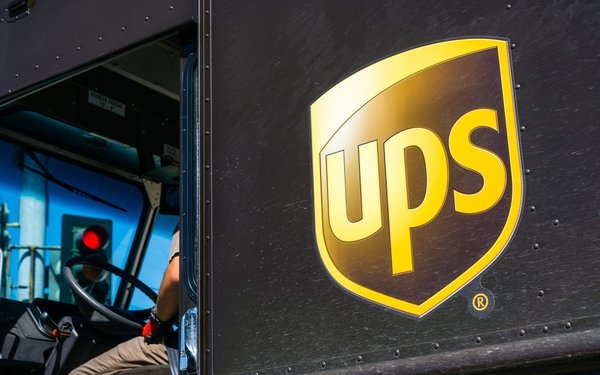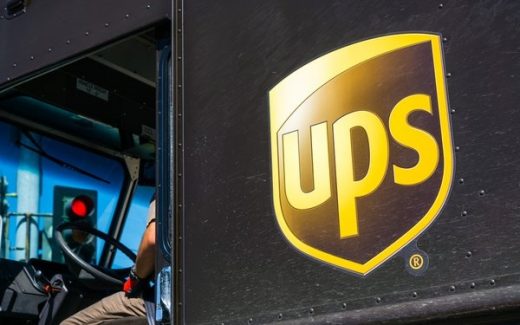UPS Study Reveals Consumer Concerns, Efficiencies In Online Shopping, Research
UPS Study Reveals Consumer Concerns, Efficiencies In Online Shopping, Research

Consumers have a host of concerns moving into this year’s holiday shopping season, spanning from search engines and marketplaces to privacy and returns, according to the UPS 2019 Customer Experience Study of 18,000 customers in 15 countries.
The report focuses primarily on business-to-consumer (B2C) online shopping, and also shares some business-to-business (B2B) research findings.
Globally, 65% of online shoppers express extreme concern about data privacy. In Europe, consumers show a preference for a payment method with increased security such as PayPal, Alipay, and WeChat Pay. Anxiety about security rises with age. Some 73% of online shoppers age 65 and older feel extremely concerned about online shopping security.
But inefficiencies cost money. Some 16% of online shoppers say they have abandoned a shopping cart when asked to create an account they didn’t want. Another 8% left a marketplace when they couldn’t remember a user name or password, according to the study.
eMarketer forecast that in 2019 ecommerce in the U.S. will grow 15.1% to $605.3 billion, in a report released at the beginning of the year. Kevin Warren, UPS CMO, in the report estimates ecommerce worldwide will reach $2.9 trillion, growing 24% annually.
Online shoppers choose a certain brand or retailers based on quality, low delivery costs, promotions, customer reviews and good product information.
Quality matters most in Mexico and India. In Brazil, low delivery cost matters. But delivery cost is no concern at all in China, where it matters more if a retailer holds similar values to the shopper.
Not surprisingly, 90% of consumers research items before purchasing them online. The B2B buyer prefers to research items on a supplier’s website at 45% or a search engine at 42%.
When it comes to consumers, different territories trust research from various sources.
In Brazil, 48% of online shoppers go to comparative pricing websites. Some 31% of Chinese online shoppers use multiple social media sites. In South Korea, 64% of shoppers prefer price comparison sites, while another 42% prefer consumer review sites. Among online shoppers in Poland, 51% review price comparison websites, and about 45% look at retailer and seller websites.
For those who go to Amazon for research by region, 57% in Canada like to visit Amazon to research their future purchases. About 53% in France cited Amazon, compared to 54% in Germany, 64% in Italy, 52% in Spain, and 58% in the U.S.
The UPS reports states that Amazon Prime membership is linked to higher average value in the United States. The AOV of all online purchases in a three-month period for Prime users was estimated at $207. For those who Shop Amazon, the amount is about $142 for those who not have a Prime membership, and $131 for those who do not shop on Amazon.
Globally, half of shoppers like to go to a search engine to research products before they buy, while 40% go to Amazon, 34% go to a retailer website, 29% go to a comparison website, 26% go to a consumer review website, and 21% research the product on social media.
Price matters when it comes to consumers. Globally, consumers in India and China as slightly less concerned with price. Consumers in South Korea are highly price-sensitive, but not as concerned with delivery costs.
Overall, 79% say price is the most important factor, followed by product details at 43% and delivery costs at 43%. Loyalty members are less concerned with price.
When it comes to the most frequented marketplace, Amazon takes the No. 1 spot in the Americas, Europe and India. In Asia-Pacific, eBay stands out as No. 1 and Amazon at No. 2. In in the U.S. the top five marketplaces are Amazon, Walmart, eBay, Best Buy and Mercado Libre.
Nearly half of businesses expect to increase marketplace purchasing in the next one to three years.
Seven in 10 research prices before they buy, while 40% seek product details, and 28% check delivery costs. But 54% look for a return policy before purchasing, 30% wit until a return is needed, and 12% don’t look at all.
(24)


